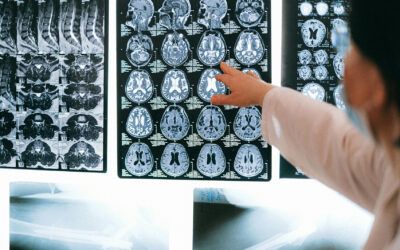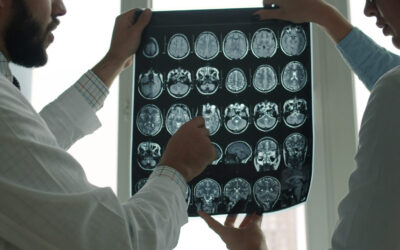Traumatic Brain Injury and Spinal Cord Injury: The Harmful Impact of Dual Diagnoses
The central nervous system consists primarily of both the brain and spinal cord. Falls, motor vehicle collisions, and sport-related incidents are the most common causes of both traumatic brain injury (TBI) and traumatic spinal cord injury (SCI). Frequently, these impacts place a patient at an increased risk for complications and disability due to the dual diagnosis and injury to the brain and spinal cord.
Request our Free Book on Traumatic Brain Injury
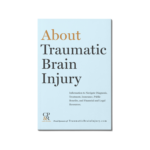
Research supports the fact that patients with SCI in the neck (cervical) and the upper back (thoracic) are at high risk for dual diagnosis, and that a dual diagnosis of TBI and SCI has severe, adverse effects, with each separate diagnosis compounding the other. For example:
- Degeneration of the gray and white brain matter structure caused by the SCI, which can lead to problems with thinking, problem solving, balance, and other symptoms such as mood, emotion, focus, muscle strength, vision, and balance. This causes functional consequences.
- TBI can exacerbate the effects of SCI through damage to the part of the brain that gives us the ability to react and move (the sensory and motor system).
- Moreover, the emotional and cognitive damage caused by the TBI can interfere with the rehabilitation of SCI.
Sources: Topics in Spinal Cord Injury Rehabilitation; Traumatic Brain Injury in Spinal Cord Injury: Frequency and Risk Factors; Global, Regional and National Burden of Traumatic Brain Injury and Spinal Cord Injury, 1990–2019: A Systematic Analysis for the Global Burden of Disease Study 2019, and Spinal Cord Injury and Co-Occurring Traumatic Brain Injury: Assessment and Incidence
The medical research regarding the frequency of dual diagnosis patients is concerning:
60%
approximate number of SCI patients also have a TBI, which is usually moderate to severe
12,000
new cases of SCI are reported in the U.S. each year
7,200
dual diagnosis cases occur each year
Limited
evidence-based treatment guidelines for this dual diagnosis
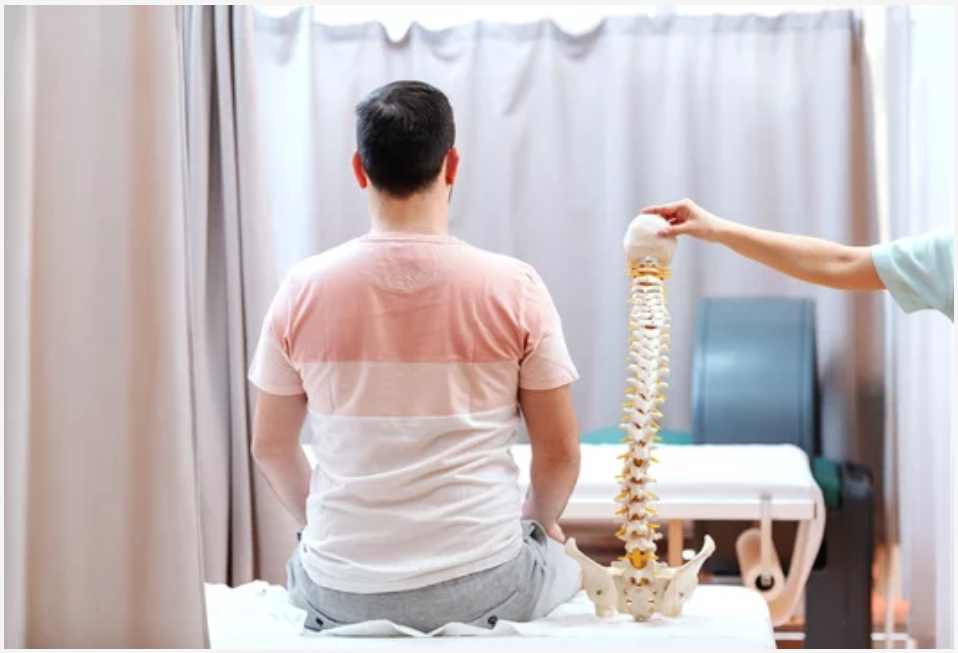
Causes of Traumatic Spinal Cord Injuries
While spinal cord injuries may result from conditions like arthritis, cancer, inflammation, infection, or disk degeneration of the spine, the vast majority come from a traumatic event such as a sudden, traumatic blow to the spine that fractures, dislocates, crushes, or compresses one or more vertebrae. Additional damage can occur because of complications such as bleeding, swelling, inflammation and fluid accumulation in and around the spinal column that can compress or damage the spinal cord or spinal nerves.
- 37.5% motor vehicle or motorcycle accidents
- 31.7% falls
- 15.4% acts of violence, especially gunshot wounds
- 8% sports
- 3.7% medical/surgical
- 3.8% other/unknown causes

Signs of a Traumatic Spinal Cord Injury
Whether the cause is traumatic or non-traumatic, people who survive a spinal cord injury will most likely have significant medical complications because of their injury. The damage affects the nerve fibers passing through the injured area and may impair part or all the corresponding muscles and nerves below the injury site. A chest (thoracic) or lower back (lumbar) injury can affect the chest, abdomen, legs, bowel, bladder control, and sexual function. A neck (cervical) injury can affect the movements of the arms and sometimes even impact the ability to breathe.
Road to Recovery
Recovery from an SCI varies greatly based on factors such as the extent of injury, age of the patient, and overall health prior to the injury. On average:
- 38.3% cause incomplete tetraplegia (also known as quadriplegia) from trauma to one of the eight cervical segments of the spinal cord — leading to partial sensory and motor loss of the limbs and torso.
- 16.9% of cases result in complete tetraplegia.
- 21.5% cause incomplete paraplegia due to lesions in the thoracic, lumbar, or sacral regions of the spinal cord as a result of their injury.
- 22.9% result in complete paraplegia.
- <1% of people experienced complete neurological recovery by the time of hospital discharge.
- 87.7+% are sent to a private, non-institutional residence, most likely their home
- 5.9% are discharged to a nursing home
- Others will be discharged to hospitals, group living situations or other destinations for continued care
Diagnosis, Treatment, and Recovery from a Traumatic Spinal Cord Injury
To achieve the best possible outcome from a SCI it is extremely important to seek immediate help any time a SCI is suspected.
According to the Mayo Clinic, patients who go to the emergency room for SCI treatment can expect to answer questions about the accident, undergo evaluation for sensory function and movement, and in some cases undergo emergency diagnostic tests, including:
X-Ray — Detects fractures or other damage done to the spine.
CT Scan — Identifies trauma and other changes to bones and disks.
MRI — Looks at the spinal cord to find herniated disks, blood clots, or other soft tissue masses causing compression.
A few days after the injury — when any swelling has subsided — the patient can expect to undergo a more comprehensive neurological exam to evaluate the severity of the injury by testing muscle strength and the ability to sense light physical touch and pinpricks.
After a Positive Diagnosis
After a SCI diagnosis is confirmed, it’s vitally important to adhere strictly to the treatment plan designed by your medical team, as it will cover many facets of coordinated care to provide the best possible outcome for your loved one. This will include regular visits and assessments by the primary doctor, neurologist, and other specialists directly involved in the patient’s ongoing care, but may also cover a host of related therapy programs and services:
- Emergency Services — Includes ambulance, emergency room, and initial hospitalization
- Surgical Procedures — As needed to address the injury and stabilize the spinal cord
- Hospitalization — May include extended stays or intensive care
- Rehabilitation — May involve specialized TBI rehabilitation centers offering short-term physical therapy (PT), occupational therapy (OT), and speech therapy (ST)
- Follow-Up Visits — Regular check-ups with neurologists, neurosurgeons, and other specialists
- Therapies — Long-term PT, OT, and ST
- Prescription Drugs — A variety of medications to manage symptoms or secondary conditions
- Psychological Support — Access to psychologists or psychiatrists for mental health support
- Counseling — Individual and group therapy sessions to help the patient and family members cope with the changes and challenges
- Home Health Care — In-home nursing care or assistance with daily activities
- Long-term Rehabilitation — Ongoing rehab services
- Skilled Nursing Facilities — If long-term care in a specialized facility is required
- Mobility Aids — Wheelchairs, walkers, or other mobility devices
- Communication Devices — Assistance for those who have lost the ability to speak or write
- Case Management — Services to coordinate various aspects of care
- Neuropsychological Testing — Coverage for assessments to determine cognitive and behavioral changes
Sources: National Library of Medicine and Johns Hopkins Medicine
Impact of TBI and SCI on the Patient’s Family
According to a cross-sectional study published by Brain Sciences, the dual injuries resulting from a severe traumatic brain injury (TBI) and a spinal cord injury (SCI) can impose an enormous emotional and financial strain on the affected patient’s family.
- Emotionally, families often grapple with overwhelming fear and anxiety regarding their loved one’s prognosis and long-term care and its cost.
- They may experience feelings of helplessness and grief as they witness the significant changes in their family member’s abilities and daily life.
- The psychological toll can be exacerbated by the uncertainty of recovery and the need to navigate a complex healthcare system, often leading to stress, depression, and family conflicts.
- Financially, the burden is substantial.
- Families may face exorbitant medical expenses, including hospital stays, rehabilitation, medications, and ongoing healthcare needs such as physical therapy and adaptive equipment not to mention the loss of earnings if the injured family member was working.
- The annual costs for a person with dual brain and spinal cord injuries can be astronomical, often exceeding all available insurance coverage.
- Many families find themselves forced to make difficult choices, potentially sacrificing their careers or depleting their savings to provide the necessary care and support.
- This financial strain, combined with the emotional challenges, can lead to a prolonged crisis for the entire family, ultimately affecting their well-being and resilience.
Caring for a Loved One with Traumatic Spinal Cord Injury
Being the primary caregiver for a loved one with SCI is a challenging undertaking that can last weeks, months, and — in severe cases — an entire lifetime for those with chronic and severe injuries. The dual diagnosis adds further complications. As you might expect, this level of care requires caretakers and family members to have not only a strong grasp of relevant medical knowledge, but also deep reserves of patience and compassion.

As you might expect, this level of care requires caretakers and family members to have not only a strong grasp of relevant medical knowledge, but also deep reserves of patience and compassion.
While each injury, patient, and long-term outlook is different, there are some general guidelines regarding the SCI that can help you and your family navigate this emotional journey and achieve the best outcomes for all. They include:
- Educate yourself.
- Assemble a team of traumatic spinal cord injury care experts that you trust.
- Follow their medical advice for ongoing SCI care and rehabilitation.
- Don’t overlook the importance of emotional, behavioral and cognitive support.
- Create a safe and supportive environment at home.
- Maintain routines and familiar schedules.
- Encourage independence.
- Get professional legal and financial planning advice.
- Understand existing insurance coverage and plan accordingly.
- Make necessary education and work adjustments.
- Encourage social and community integration.
- Practice your own self-care.
In addition to our Video Library and our 50 State Guide to Brain Injury resources, here is a list of organizations that specialize in traumatic spinal cord injury information and support:
Estimated Lifetime Costs Associated with the dual TBI and SCI injuries
The lifetime annual costs for the treatment of either TBI or SCI are substantial. Of course, the specific cost of care will vary widely based on individual circumstances, the location of where the services are being provided, and the severity of the injuries. And while there is data on estimated costs for the individual injuries, there is little data regarding the cost for care for dual diagnosis.
When there is a dual diagnosis of TBI and SCI some costs can overlap but the overall costs increase due to the complexity of care. Dual diagnosis involves additional specialized rehabilitation, assistive devices, home modifications, and personal care assistance. For example, the lifetime treatment costs for a person with a severe TBI alone can range from $85,000 to $3 million, and the National Spinal Cord Injury Statistical Center (NSCISC) estimates the cost associated with SCI for high quadriplegia (C1-C4) for the first year at $1.4 million, with substantial annual costs every year thereafter.
These cost estimates for the treatment of the individual injuries do not take into consideration the additional damages such as lost wages, benefits, productivity, and related damage, such as pain, suffering, disability, and disfigurement.
What Legal Recourse Do I Have If a Loved One Has Been Diagnosed With a Dual TBI and SCI?
If you have concerns about how the injuries occurred, whether the result could have been different, whether the dangerous or negligent actions of another person or medical professional caused these injuries, or how you are going to pay for the lifetime of care and treatment necessary, you may wish to investigate this matter with an experienced attorney.
They can leverage their expertise to gather the necessary information, access expert medical resources, answer your questions, and fully investigate the matter.
Need help investigating your legal rights related to a traumatic brain injury?
Speak to an experienced brain injury attorney team like Cohen, Placitella & Roth.
For five decades, CPR has successfully represented individuals and families in TBI cases nationwide working with qualified co-counsel.

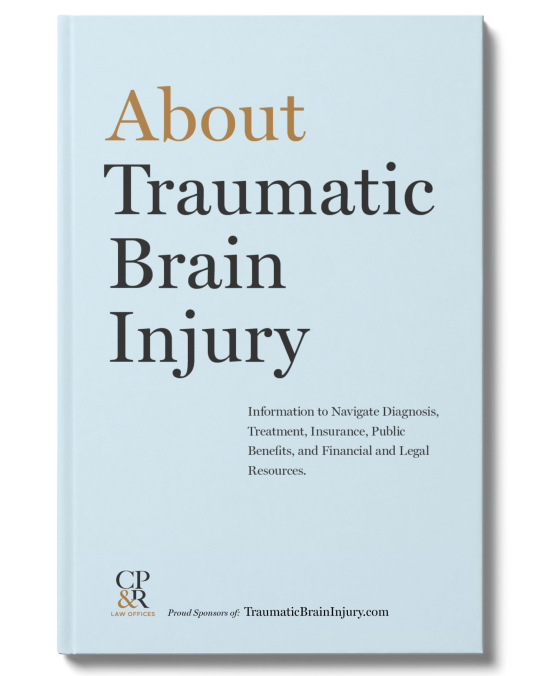
Get Our Free Traumatic Brain Injury Book
To learn more about Traumatic Brain Injury request our comprehensive book, available for free directly to your inbox


